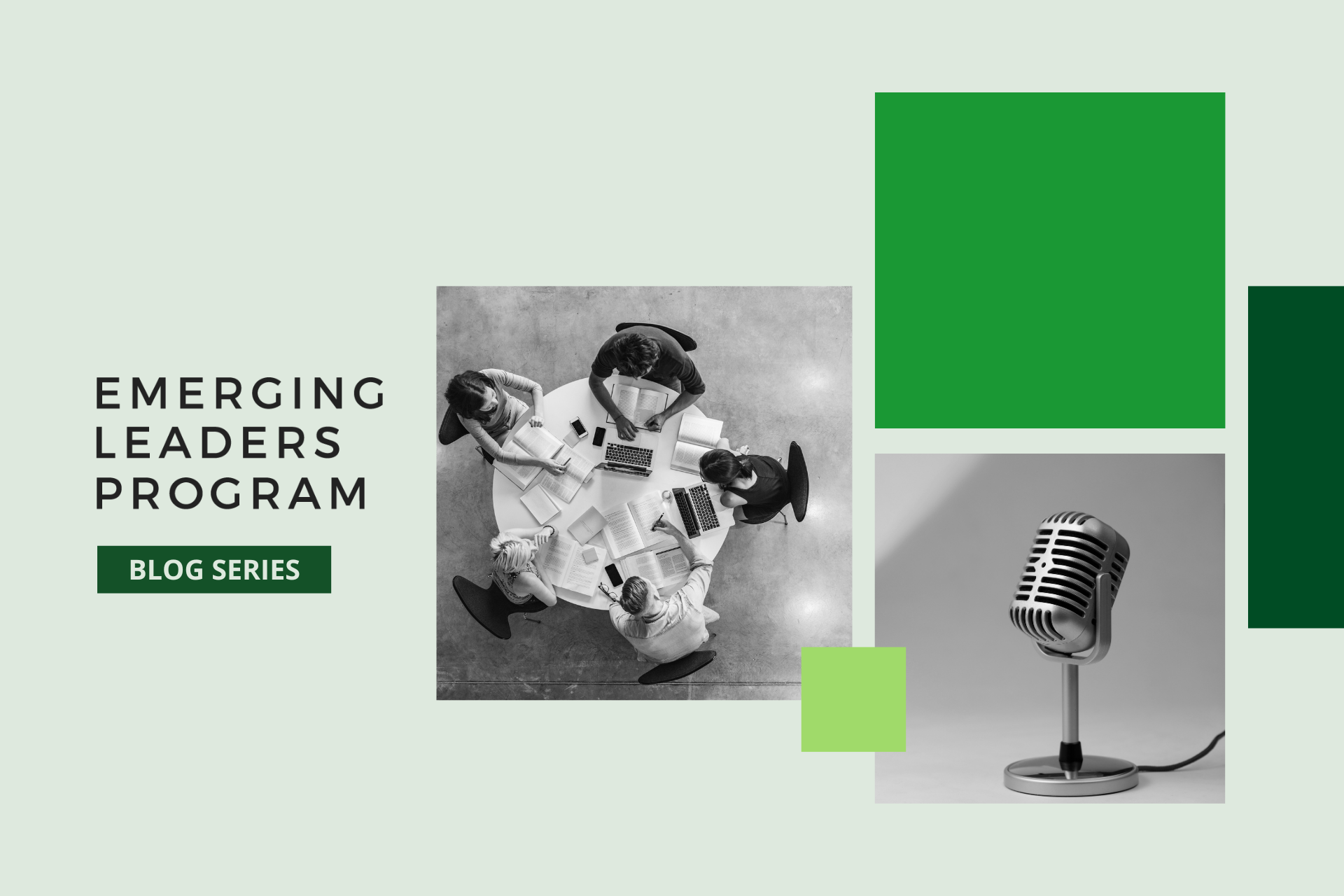Led by Jason Syvixay RPP, MCIP
The Emerging Leaders Program (ELP) Blog Series is designed to share key insights from our ELP program with the entirety of our membership. After each program session, we will share key highlights and resources for those interested in delving further into the topic.
For our fourth module session, Jason Syvixay RPP, MCIP, urban planner and PhD candidate at the University of Alberta, challenged participants to look at communication as more than just the exchange of information. He encouraged them to consider the intention of information and the importance of listening to build trust and respect, deepen connections, and convey ideas.
Pre-Session Readings
Prior to the session, Jason asked ELP participants to review a series of readings and case studies to support his presentation. Please find a selection of the resources below:
Readings
Living in a Laboratory – by Jason Syvixay and Gabrielle Donoff
Primer on Planners Looking at Equity in the Planning Profession – by Daniella Ferguson
Communication is Inherent to the New Urban Condition – by Hervé Marchal et Jean-Marc Stebé
Case Studies
Idle, No More – by Jason Syvixay
My Winnipeg Includes Public Toliets – Downtown Winnipeg Biz
‘Missing Middle’ Infill Design Competition – City of Edmonton
Speaker Presentation
During his presentation on communication, Jason’s theme was evident: build longer tables, not higher fences. He asked participants to “question who is at the table and who isn’t, and what is needed for people to fully and meaningfully participate.”
Jason stressed that inclusive communication is particularly important for planners. During a section labeled ‘Hard Truths,’ he reviewed decades of urban planning practices that have led to social inequities and the marginalization of certain communities. He then highlighted the City of Edmonton, detailing how YEG City Planning + Development has engaged with community members on social media and the need to ‘meet people where they are at’. Jason showed how planners can “listen and hear differently” and “invite diverse community perspectives and amplify underrepresented voices.”
Case Study Activity
Equipped with new tools for inclusive communication, ELP participants worked together to resolve two case-studies presented by Jason.
Case Study #1
A neighbour calls several departments at the municipality of which you work. This resident is concerned about the open excavation next door to them, citing a lack of perimeter fencing. Frustrated with a lack of action from the City, the resident threatens to call the media.
- What do you do?
- What is your communications and marketing strategy?
- Who do you enlist for support?
Takeaways, Case Study #1
In sharing their responses to Case Study #1, ELP participants highlighted the need to ‘fact-find,’ and to have a conversation with the concerned resident centered around listening and accountability. Together, ‘you’ and the concerned can think through an integrated approach. The group also discussed the need for an intentional communications practice throughout, citing an explicit need for follow-up with the concerned resident.
Case Study #2
You’re a private consultant working with the City on a new plan. Industry stakeholders who shared their thoughts on this plan stated that their concerns have been addressed. Before
going to Council with the new plan, Administration is thinking through whether any additional engagement or communications with the broader public are necessary.
- Do you host an additional engagement session/workshop? If so, who do you invite?
- What kinds of communications tactics do you suggest the City advance?
- What risks, challenges, or opportunities can you anticipate?
Takeaways, Case Study #2
In the discussion for Case Study #2, participants asserted the need to “open engagement” to additional stakeholders, not just industry. The groups cited Jason’s presentation and discussed the need to leverage stakeholder communication methods and devices. They hoped that this approach would engage more people, lead to broader discussion, and instill more confidence in the community. To avoid communication fatigue, the group also suggested a mix of in-person and virtual engagement methods, with the recordings from all virtual engagements shared with the stakeholders.
Closing
As the session ended, Jason recapped the lessons learned and encouraged planners to be courageous, to advocate for the best interests of their cities and communities, and to acknowledge their privileges and biases when doing so. He closed by sharing that through the implementation of a more inclusive communication approach, where authentic and mutually beneficial relationships are made to be a priority, ELP participants can begin to build a longer table in their professional practice.
